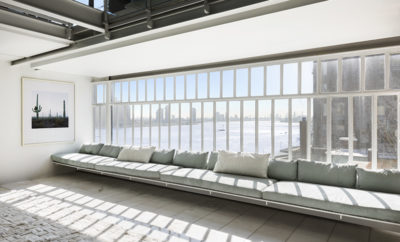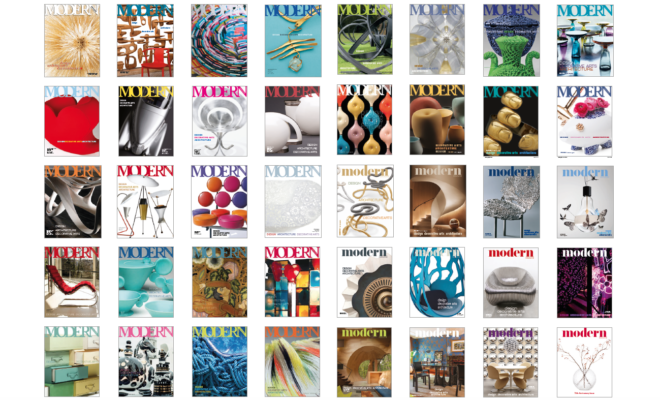
Design
Celebrating 10 years of design with MODERN
To celebrate MODERN’s 10th anniversary, we asked leading lights in the world of design, from curators to decorators to dealers—many of them familiar figures in our pages— to reflect on some of their favorite moments in design from the past decade. Here are their thoughts . . .
Evan Snyderman and Zesty Meyers, founders of R & Company
“We are still only in the beginning stages of what we see as a new movement within the design world, one where ideas come first, not practicality or utility. Craft, art, theory, and technology are coming together to make us appreciate the objects around us. Our own commitment to the discovery and visual presentation of design has led to global collaborations with museums, galleries, architects, and collectors, and our passion is what drives us to constantly push the marketplace forward.”
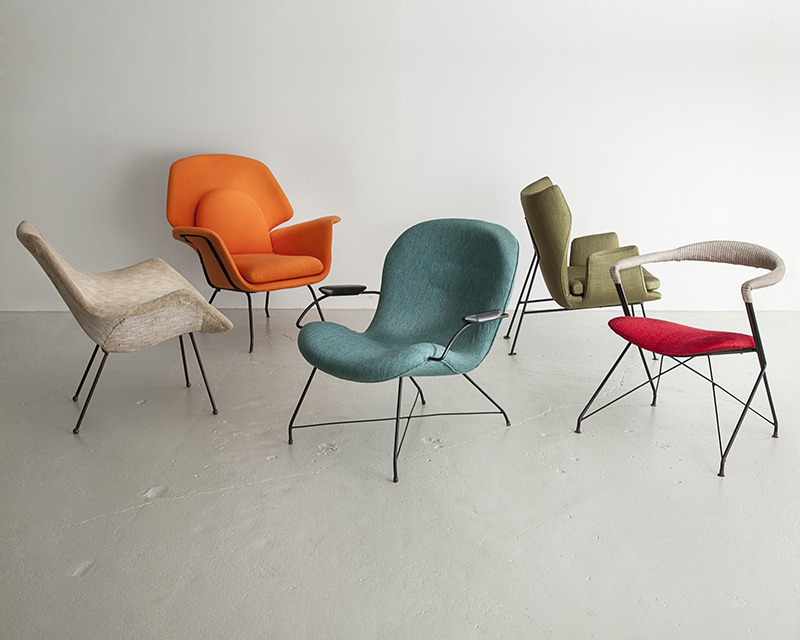
COURTESY OF R & COMPANY.
Stephanie Beamer, Crystal Ellis, and Hillary Petrie of Egg Collective
“Our favorite design moments of the last ten years are two architectural additions to the built environment of our hometown, New York City: Santiago Calatrava’s Oculus and Louis Kahn’s Franklin D. Roosevelt Four Freedoms Park. Designed years apart, but executed in the last decade, each work will have a substantial and lasting architectural impact. In both designs, pure and simple materials are used precisely, with the intention to last, qualities we strive for in our own work.”
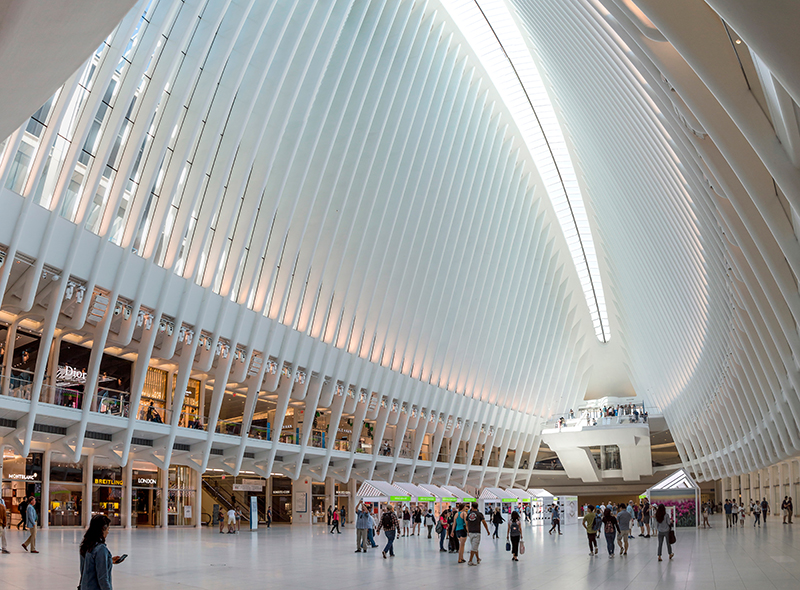
FLICKR/GENLAB FRANK PHOTO.
Brent Lewis, director of design for Heritage Auctions
“I remember vividly when MODERN was launched. I had just begun writing and I published a lengthy article in one of the first issues on the artist Thomas Stearns and then several on Gaetano Pesce and other artists. I felt that the design community was represented in those pages, in the written content, but also in the galleries and auctions that were promoted. It filled a need and provided an outlet for discussion. We are still having these discussions, and it is vital that there is a place for them to take place.”
Glenn Adamson, curator, writer, and senior scholar at the Yale Center for British Art
“At first, the show seemed rather absurd. A King Kong made of coat hangers bellowed at the front entrance. Inside were a crocheted bear; a dry stone wall; a sculpture made of sugar, bicycles, and surgical implants; a then-novel digital FabLab; and more than a hundred other curiosities.
This was Power of Making, an exhibition at the V&A in 2011, staged in collaboration with the British Crafts Council. What tied it all together was a passionate embrace of skill and process. Rejecting the loaded word ‘craft,’ curator Daniel Charny opted for the more neutral yet active term ‘making.’
Today, the word ‘maker’ has become near universal in its application—a way of signaling freedom from once-impregnable barriers between art, craft, and design. You still run into people who want to police those borders (mostly artists, in my experience, who are anxious about how their work is being positioned). But more and more there is an acceptance that, like the political borders we hear so much about these days, disciplinary barriers are nothing but obstacles to fairness and freedom.
Thinking back to Power of Making, the most extraordinary thing about it was its sheer egalitarianism. Here, in one of the world’s greatest museums, creative and ingenious people of all kinds were celebrated on a level playing field. Perhaps not coincidentally, it was one of the most popular shows in the history of the V&A. Maybe we should do this kind of thing more often.”
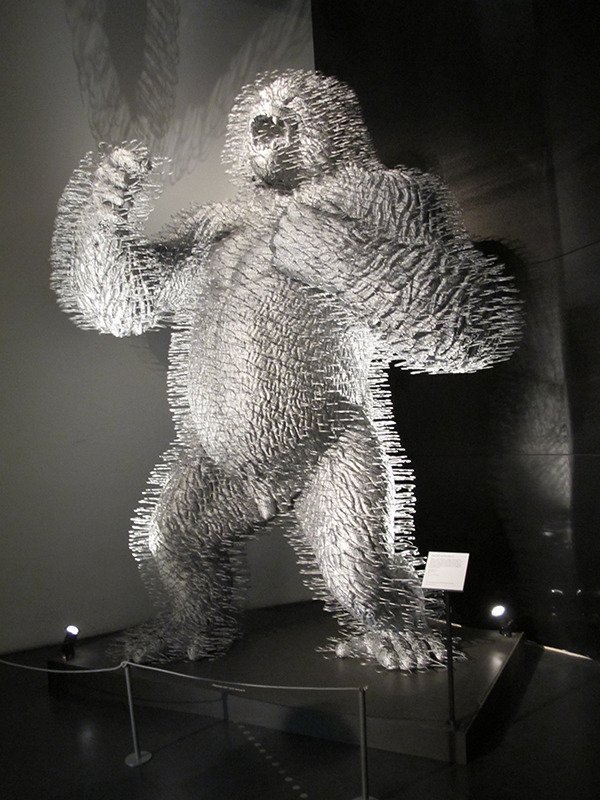
FLICKR/RAIN RABBIT PHOTO.
Marianne Lamonaca, associate gallery director and chief curator at the Bard Graduate Center
“Paola Antonelli’s ‘Design and Violence’ project at MoMA was a powerful reminder that design has serious consequences and that we cannot only laud its successes.”
Caroline Baumann, director of Cooper Hewitt, Smithsonian Design Museum
“If the world’s fairs of the past were organized today, they’d look a lot like the FabCity Campus I visited in Amsterdam in 2016. A three-month installation on Java Island, the green, self-sustaining site was an incubator of all things progressive, with fifty innovative pavilions, installations, and prototypes created by a mix of students, designers, and creatives. It’s projected that by 2054, 70 percent of us will live in cities, and, the Fab City Global Initiative is dedicated to making urban centers more connected, generative, and sustainable—it’s the new ecology of our networked world to do more with less. The FabCity Campus program is one of numerous events born out of the Fab City Global Initiative, and Amsterdam is among twenty-eight cities around the world that have accepted the challenge to produce everything it consumes by 2054. From Shenzen, China, to Oakland, California, maker spaces are part of a growing global network dedicated to designing solutions that benefit the planet and the future of humanity. Inspiring!!”
Patrick Parrish, founder of Patrick Parrish Gallery and co-founder of Fisher Parrish Gallery
“I’m enjoying watching the progression and growth of the ‘Ugly/Pretty’ group, as I call them: Misha Kahn, Katie Stout, Chris Wolston, Adam Charlap Hyman, Elise Mc- Mahon, Anton Alvarez, and Zach Martin (his chair shown above), to name a few of them. They are doing difficult and groundbreaking design work that is sometimes hard to look at, but is always smart, funny, and irreverent. They have been doing it long enough, and their influence is wide enough, that they aren’t going away anytime soon.”
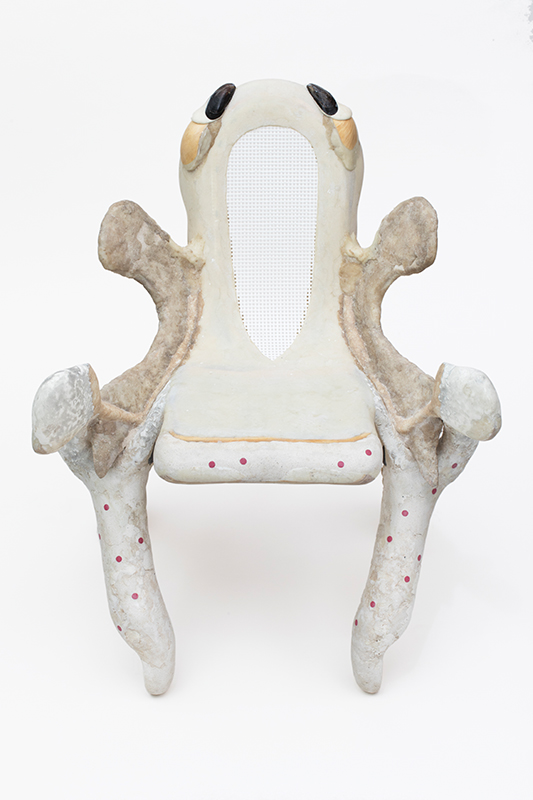
CLEMENS KOIS PHOTO.
John Stuart Gordon, Benjamin Attmore Hewitt Associate Curator of American Decorative Arts at the Yale University Art Gallery
“The inaugural New York City Jewelry Week, held in Fall 2018, was one of the most vibrant and multifaceted art events in recent memory. Conceived by independent curators JB Jones and Bella Neyman, NYC Jewelry Week stretched from Brooklyn to New Jersey and brought together high-end retailers, emerging artists, scholars, and everyone in between. Participants heard master craftsman Thomas Gentille talk about his meticulous process or walked through an immersive installation at the Chelsea Hotel organized by the Metal Program at SUNY New Paltz. The events asserted the vitality of the fields of jewelry and metalworking and fostered the type of intergenerational and interdisciplinary conversations that are central to how we think about art and art-making.”
Monica Obniski, Demmer Curator of 20th- and 21st- Century Design, Milwaukee Art Museum
“While not a perfect design by any measure, the Ikea Foundation’s Better Shelter (developed with the United Nations High Commissioner for Refugees) attempts to give shelter, dignity, and independence to some of humanity’s most vulnerable populations— refugees. As a design curator, I am heartened to see this object featured in museum collections, such as MoMA’s, and exhibitions, such as the V&A’s The Future Starts Here. In this extremely fraught political moment, in which heated rhetoric about immigration and refugee status may mischaracterize reality, Better Shelter can help us remember that we are all human and that housing should not be a luxury.”

JONAS NYSTRÖM PHOTO.
Amy Lau, founder of Amy Lau Design
“My favorite recent design moment came at The Salon Art + Design fair in 2017. They invited me to be the very first interior designer to exhibit there, and I designed a living room with the theme ‘The New Nouveau.’ I selected rare and historic museum pieces as well as furniture and objects by designers of the 1940s through the 1960s who were inspired by the art nouveau period, and paired them with contemporary designers influenced by this unique historical style. Conceived as a unified whole, filled with past and present, the room included works by such important designers as Louis Comfort Tiffany and Albert Paley, a fireplace commission by Michael Coffey, metal bookcases by Xavier Lust, handpainted wall panels by Calico Wallpaper, a fire screen by David Wiseman, a pendant light by Mary Wallis, and a very rare 307-carat Brazilian opal necklace by Roberto Burle Marx.”
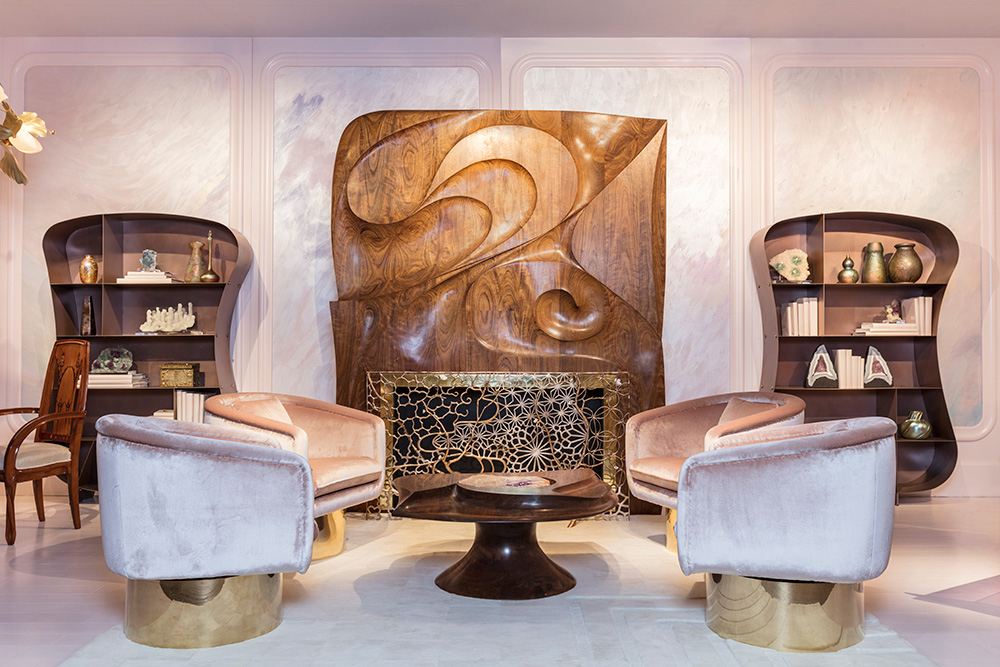
COURTESY OF AMY LAU DESIGN.




